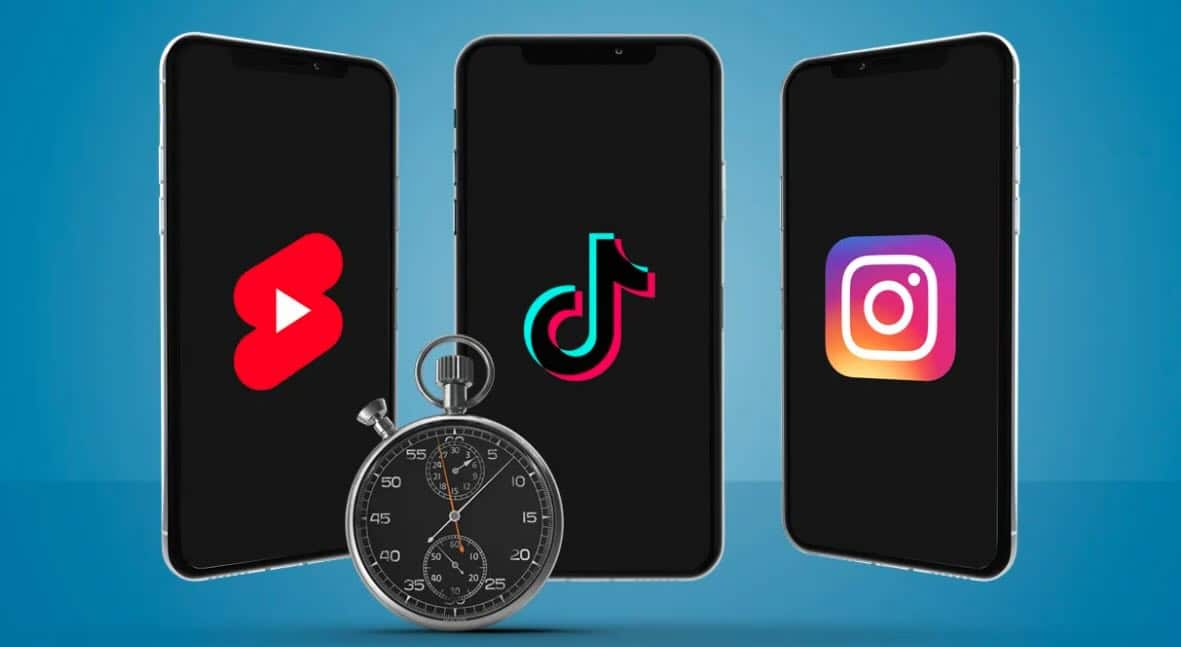As we step into the second quarter of 2025, the pace of content marketing has clearly accelerated, with fresh and unexpected strategies emerging one after another. In today’s fast-moving landscape, creativity and ad budgets alone no longer guarantee success. What makes the real difference now is how quickly a brand can identify trends and respond with agility.
So, what are the key shifts shaping marketing this April? Here are six trends that not only reflect where the market is heading, but also offer practical value. Master them, and your brand will naturally stand out.
Generative AI: From Useful Tool to Essential Collaborator
Generative AI has quickly evolved from “helpful” to “indispensable” for content teams. It’s no longer just a way to quickly mock up a first draft — modern AI now adapts tone, style, and messaging based on the interests of different audiences. It can also tailor content length and formatting for various platforms automatically.
One real-world example: a health supplement brand used AI to analyze customer feedback and noticed that insomnia was a top concern. In response, they quickly rolled out a series of short educational videos about sleep problems, paired with a limited-time discount. In just a week, their website’s conversion rate doubled. That’s data-driven creativity in action.
The More AI Joins the Team, the More Human Stories Matter
As AI plays a bigger role in content creation, it’s also a reminder not to lose the human touch. Increasingly, audiences pause for authentic, relatable stories — not just polished marketing copy.
Take an outdoor gear brand that launched a “My First Camping Trip” campaign. They invited customers to share personal stories and honest mishaps from their outdoor adventures. These small, heartfelt accounts created a strong emotional connection, signaling to users: “This brand gets me.” One video racked up over a million views and sparked lively conversations in online communities. Authenticity is becoming the new marketing language.
Short Videos Still Reign — But Substance Beats Flash
Short-form video continues to dominate, especially clips under 15 seconds. But the focus has shifted. Instead of chasing perfect visuals and flashy effects, audiences now crave quick, practical “life hack” style content that solves real problems.
For instance, an electronics brand launched a “Bluetooth Features You Didn’t Know” series. They used brief, real-life demos to showcase hidden functions of their headphones. The result? Higher viewership and a spike in product searches. And with rumors that Instagram may launch a standalone Reels app, it’s clear that short video marketing is moving into a new era. Marketers will need to level up their game.
April’s Favorite Playground: Foolproof April Fools’ Day Campaigns
One of April’s biggest hits? April Fools’ Day campaigns — but not the old-school prank-for-prank’s-sake. This year’s best efforts paired humor with real engagement and rewards.
One coffee chain teased a fake “Cilantro Latte” in a tongue-in-cheek ad — only to surprise fans with a real discount instead. Meanwhile, a finance app launched a “Scam Scenario Game,” where winners received discounts on financial consultations. The strategy behind both? Craft compelling, shareable moments that invite interaction while subtly embedding brand messages.
SEO is Shifting: High-Quality Content Wins the Race
Google rolled out another algorithm update this April, sending a loud signal: rankings now favor content that’s expert, original, and in-depth — not just keyword-stuffed blurbs.
The best-performing content weaves together verified data, personal stories, or expert commentary. Some forward-thinking brands are using AI to repackage internal reports or customer feedback as blog articles or video scripts, building topical authority while making their expertise more accessible. It’s an SEO win, and it builds trust at the same time.
Immersive Content Goes Mainstream — Even in Grocery Aisles
Immersive content isn’t just for tech expos anymore — even supermarkets and luxury boutiques are getting in on the action.
One luxury brand launched a “Digital Passport” project, where every item came with its own NFT certificate. Scanning the packaging triggers an AR journey through its design concept or origin story. A major grocery chain offered customers the ability to scan veggie packaging with their phones to instantly watch a cooking demo — and add ingredients to their cart with one tap. The line between content and commerce is blurring, leading directly to higher conversion rates.
What These Trends Tell Us
It’s clear that effective marketing today is no longer confined to a single platform or tool. The real differentiator is how well a brand uses technology to amplify content that resonates on a human level.
Looking ahead, brands can strengthen their marketing strategy by focusing on three areas:
– Rework internal processes so AI can handle the heavy lifting, allowing your team to refocus on creativity.
– Use interactive tech tools to design content-rich experiences that people enjoy participating in.
– Mine internal stories and customer experiences to create content that feels personal, warm, and different.
Good content doesn’t just catch the eye — it stays with people. Use these fresh April insights to give your brand more heart, substance, and creative spark.



